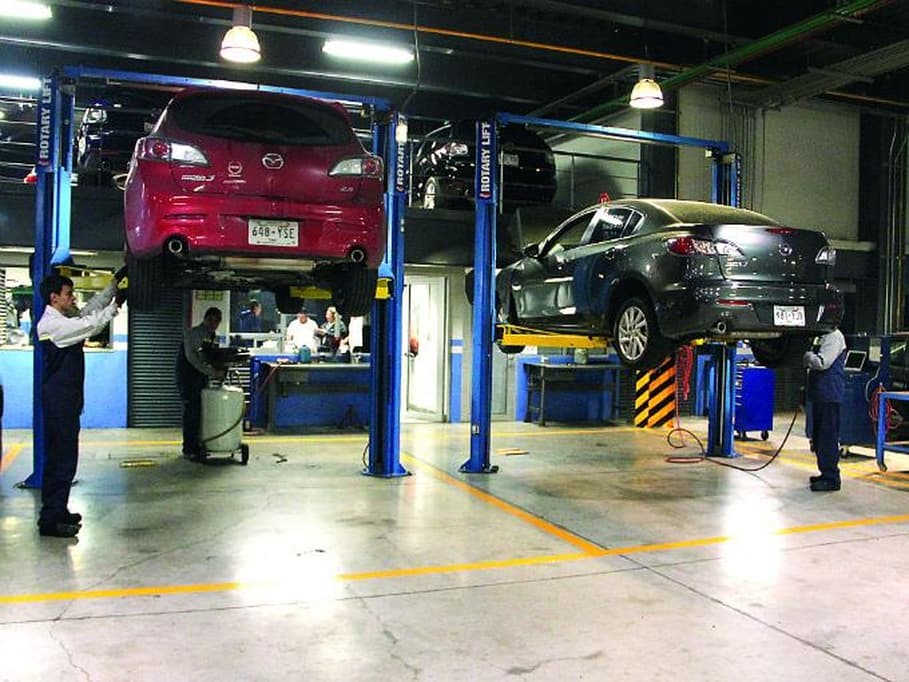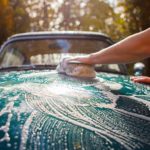You should not let your car drag until your next service, it is better to periodically check some things to ensure that everything is in order.
As the service intervals of modern cars are extended and visits to the dealership or workshop become less frequent, the risk of a costly breakdown between services increases.
It may be nothing more than a flat tire or it may also be a seriously damaged engine. Letting your car maintenance be done by professionals is very important, but doing a visual inspection of the car between each service is also vital.
Car owners, even those without any mechanical skills or experience, can make sure that the car is reliable and safe by checking some of the things that the mechanic would also check.

How often should you check the condition if want to buy used car in Kenya? It varies, but once a month is probably sufficient for certain things, while the brakes will be in order with a check-up every semester.
In this way, if your oil level drops below the minimum frequently or if you notice that your tires require air every time you check them, you can take the car to a mechanic to fix the problem before it has more costly consequences.
Monitor these key points between each service
- Tire pressure every time you load gas
- All lights – including reverse, turn signal and brake lights
- Fluids – oil, antifreeze and also transmission or brake fluid
- Brakes, you can check the condition of the brake pads with a visual inspection
- Wiper tips and fluid
- Using Recurs on high-mileage cars to maintain engine compression
- A quick check under the car for any leaks
In general, the entire inspection could take no more than five minutes if you have the gauge to check the tire pressure. If you cannot buy it online to check the pressure always cold.
Tire pressure
It is the easiest way to extend the life of your tires and verifying it is not complicated. This should always be done cold, preferably in the morning before the car starts moving.
Remember that pressure changes with temperature, so you should not worry if it is slightly lower in the cold months of the year, but this way you can readjust to circulate with the optimal pressure.
Lights
You can simply start the car and check that the headlights, high beams and fog lights come on if your car has them. To monitor the operation of the reversing lights you can ask for support from a family member or park it near a reflective point to do it yourself.
Levels of oil, antifreeze and other fluids
This is the scary part. Raising the hood to check the levels of the car, something you should only do with the car on a level and cold surface.
Take the oil gauge out and wipe it with a tissue, then put it back in to make sure the level is correct. On the same dipstick there are marks with the minimum and the maximum and if the oil is in the middle, you should not worry, but otherwise it is recommended that you take it to the workshop as soon as possible.
Here you can take the opportunity to add Resurs to your vehicle, as a re-catalyst that maintains compression and helps increase the efficiency of your engine.
To monitor the transmission fluid you must do exactly the same. The tank is generally closer to the cab, back in the engine compartment.=
Finally, the antifreeze is easier because the tank is transparent and has the minimum and maximum marks. You just have to check that the level is between these two, but you don’t have to open it. If you must to refill it, do it cold because the hot tank can splash liquid on you and cause serious burns.
In another plastic tank is the fluid for the windshield wipers. You should not confuse it with the antifreeze and you can distinguish them because in this case the cover is very clearly marked that it is the reservoir for the windshield wipers with a very characteristic graphic.
If the level has already dropped too low, you can fill it with water, although the ideal is to look at a convenience store for the special liquid with soap.
Pads and brake shoes
It is one of the most difficult tasks and although the ideal is to do it without the rim mounted, you can check when it is. You can check that the material between the caliper and the disk, which is responsible for stopping the car by friction, is approximately 3 mm thick or what is the same, the approximate width of two credit cards.
You can also monitor the face of the disc to make sure there are no marks, like those usually left by worn brake pads.
Leaks
This is easy, and just take a look under the car to make sure there are no leaks. Another simple way to do this is if you always park your car in the same place, take a look at how the floor looks after you move it to make sure there are no oil stains under it.












